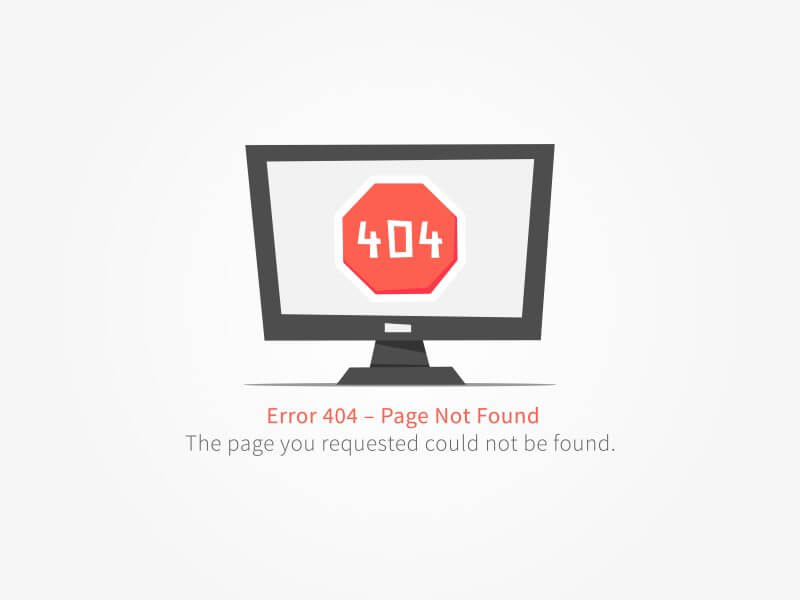23 May 2018
The Rebranding Review
Read More

It’s important to regularly review and asses the state of your website, particularly in an online arena where competition is high in almost every sector, your website could be the difference between new customers or high bounce rates and loss of traffic. Whether your website is becoming a little slow, looks outdated or simply isn’t working properly anymore, it could be time to take a look at making some improvements or even overhauling it all together.
Website owners and brands should always aim to keep their content fresh, updated and current. Google appreciates websites that offer a wealth of useful information and ultimately so do your users. For example, if you’re reading this then you’re a website user yourself and have chosen to read this article because it was fresh content that grabbed your attention.
How do you feel about a website if you go back to it after a few weeks and it still appears the same? No new blog posts or updated work? I can hazard a guess at the answer being something like “no longer bothered” or “losing interest”. This is where keeping your content fresh is important as it keeps your users coming back for more and helps maintain interest and engagement in your website and business.
Not only does fresh content help keeps maintain user engagement levels, content is also one of the key ranking factors when it comes to SEO. As mentioned before, Google loves fresh content and will regularly crawl websites and put out fresh algorithm updates in order to determine if your website has improved, or declined in quality and determine where your site should appear in the SERP’s.
If your website is an online retailer, it’s possible that your products don’t change often enough to allow for fresh content. If your website is a small business brochure site you may have similar issues with. Having a blog as part of your website will help combat this problem and will give Google the fresh content it hungers for whilst helping you promote services or products.
To some users, the look of a website isn’t as important as the functionality and vice-versa, but the truth is they are both equally as important.
If your website is two to four years old, it might just be time for a visual refresh. You might be asking “Why do I need to update the design of my website?”. In my first point, I mentioned fresh content is essential, as is a fresh look and feel to your website. How much of a change and how frequently you update the visual design depends on various factors such as business branding changes, loss of user engagement, new products or services – a lot can change in two to four years.
Is something no longer working? Do you need to add more functionality? Has the existing functionality become outdated and glitchy? If your answer to any of these is yes, then it is time to assess your website functionality.
As previously mentioned, aesthetics and functionality share equal importance; this is because if existing functionality becomes glitchy, it is possible that your website will become slower and things might start breaking visually. These problems will have negative impacts on user engagement and your website search engine rankings. As much as Google loves fresh content, they also hate slow, poor performing and ill-maintained websites and will penalise website owners with lower search engine rankings as a result.
If you are experiencing functionality issues, they could also be occurring because of internet browser problems.
This might seem like a silly question, right? You’re probably wondering how could a website look any different to when it did when it was first built if it’s not been changed since then?
The world of web development is always evolving, with new technologies and ways to do things coming about more frequent than ever before. Often these technologies get implemented into a new version of a browser and old technologies stripped. This kind of technological browser update can often mean that your website might not work as intended anymore.
Browsers regularly add new features to enable websites to use new technologies, but if your website is old and outdated then you’ll never see the benefit of this and neither will your website users.
If your site hasn’t been created to effectively adapt to the user, then you could see a spike in bounce rates and a reduction in traffic.
A responsive web design means that your website will render well across all devices, window and screen sizes, meaning users don’t have to tweak and change their view to try and use your website.
Everything on your site, across content, design and performance will ensure usability, with the layout adapting to the viewing environment, utilising assets such as flexible images. If your site isn’t responsive in 2018, you may see your mobile traffic decline, and with mobile accounting for half of all internet traffic, that could cost you big time!
No website will ever be future proof, but you can do your part in helping yours get close by following these four key points.
Why not email hello@little.agency or call 0113 828 0000 to find out how we can help you to transform your content marketing.


Still the same great data driven services, but now with a different name